Ever been caught in a sudden downpour, only to realize your wipers are more of a smeary mess than a clear solution? Windscreen wipers might not be the flashiest part of your car, but they sure are important when the skies open up. So, how do you pick the right ones for your ride, and what should you even look for? Let's break it down.
First up, you've got three main types of wiper blades to choose from: traditional, beam, and hybrid. Traditional wipers have that metal framework with rubber strips, super common and usually found on older models. Beam blades, on the other hand, skip the metal skeleton, offering a sleeker design that's great for fighting off tough weather. Hybrid wipers blend features of both, giving you performance and style in one neat package.
Choosing the right wipers isn't just a 'one size fits all' deal. You need to consider the exact size and attachment type for your specific vehicle model. Trust me, getting the wrong fit can lead to all sorts of annoyance and inefficiency. Oh, and don't even get me started on rubber quality - it's a game changer! Better rubber means fewer streaks and less squeaking.
- The Different Types of Windscreen Wipers
- How to Choose the Right Wiper Blades for Your Car
- The Importance of Rubber Quality
- Installation and Maintenance Tips
- When to Replace Your Wipers
The Different Types of Windscreen Wipers
Trying to make sense of all the options for windscreen wipers can feel like swimming through alphabet soup. You've got traditional, beam, and hybrid wipers, each with their quirks and perks. Let’s break them down so you can figure out which one's right for your car.
First, the good old-fashioned traditional frame blades. These are your basic wipers, with a metal framework and a rubber strip. Great for their versatility and affordability, but they can struggle in heavy snow due to the metal frame gathering gunk.
Then there are the beam blades. No flashy metal skeleton here, just a sleek, continuous rubber strip that hugs your windshield snugly. They're like the cool, weather-resistant sibling you wish you had—perfect for harsh conditions. Ray Johnson, an auto mechanic with over 20 years in the field, says,
"Beam blades provide superior performance compared to traditional wipers, especially in challenging weather."
Now, for those who want it all, hybrid blades are a great choice. They combine the best features of traditional and beam blades, with a composite structure that offers durability and flexibility. They're not just a pretty face either; they'll clear anything from slight drizzles to monsoon-grade storms.
Let's put it this way: if you're driving an older classic, traditional might be your match. For modern cars or those who face wild weather swings, beam or hybrid wipers are your go-to. Making the right choice not only gives you an edge in clearing rain and dirt but also extends the life of your wipers, saving you some bucks in the long run.
How to Choose the Right Wiper Blades for Your Car
Picking out the right windscreen wipers might seem like a breeze, but there are a few things you should know to make the right call. First, you need to figure out the exact size of the blades your car needs. Your owner's manual or a quick search online can reveal all you need. Don't just guess or assume all blades are the same size; they aren't!
Next up, consider the style of blades. You've got your traditional, beam, and hybrid options. If you live in an area with lots of rain or snow, beam blades, which are more flexible and hug the windshield better, could be your best friends. In contrast, if you just want something reliable and cost-effective without fancy features, traditional ones are where it's at.
Now, let's talk about the connection—sounds technical, but it's important! Make sure the blades' attachment fits your wiper arms correctly. Hook, pin, or bayonet styles are the most common, and the wrong match can mean unreliable performance.
One often overlooked factor is the quality of the rubber. Better rubber gives you a clearer view and lasts longer, and in the long run, it saves you money. Ever noticed how cheaper blades seem to wear out mid-season? That's what you want to avoid by picking wisely.
Here's a quick list to make your shopping easier:
- Check the blade size specific to your car model.
- Decide between traditional, beam, or hybrid styles based on weather conditions.
- Match the blade connection to your wiper arms.
- Consider rubber quality for durability and performance.
Don't forget, even if you buy the best blades on the shelf, proper installation and care can make or break their performance. It's worth taking a little extra time to ensure everything is right.
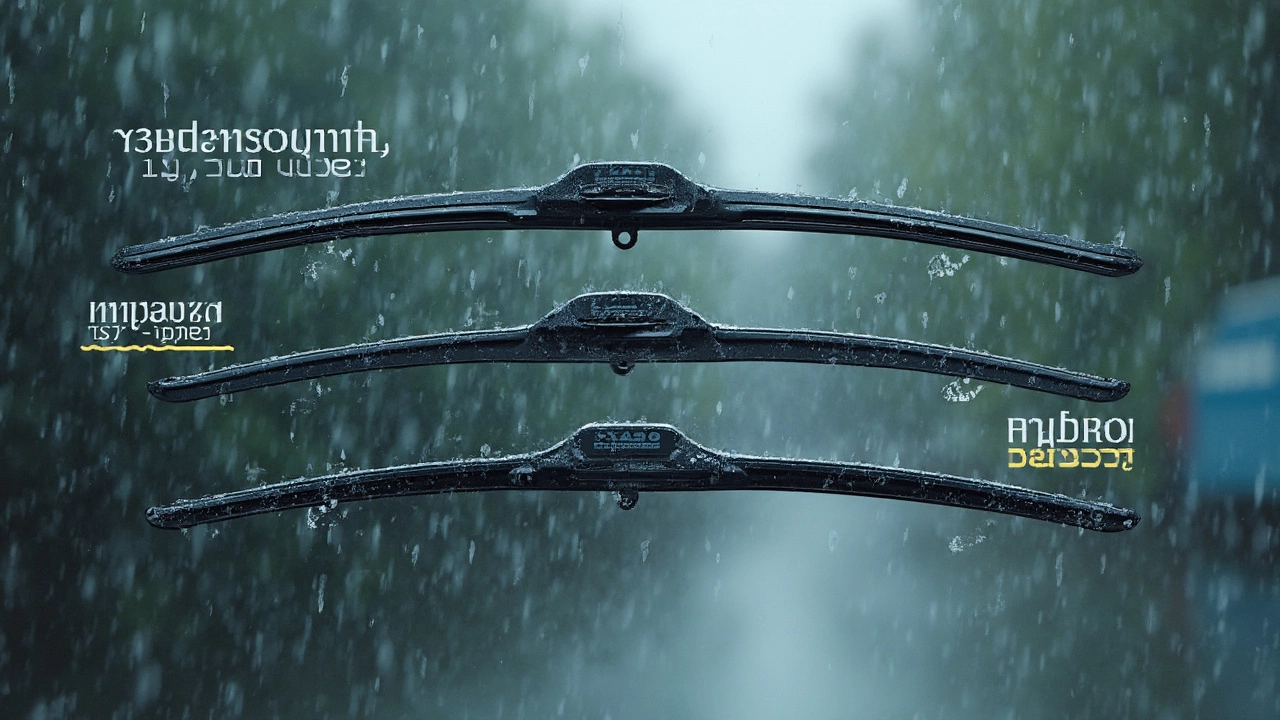
The Importance of Rubber Quality
When it comes to windscreen wipers, not all rubber is created equal. Seriously, it might just be rubber to some, but its quality can make a huge difference. Imagine wipers that smear more than they clear—nobody needs that frustration, especially when the weather's acting up.
Good quality rubber is more resistant to wear and tear, which means your wipers will last longer and work better. High-quality rubber tends to stay flexible, even in freezing temperatures, providing consistent contact with your windshield. This is super important because stiff wipers can leave streaks or even scratch the glass.
Some premium wiper blades come with a silicone or graphite coating. Why? Well, these coatings reduce friction. It’s like your wipers are gliding over the windshield instead of dragging. This not only improves the cleaning action but also makes them quieter.
Want to get technical? Check out EPDM rubber—it stands for Ethylene Propylene Diene Monomer. This type of rubber is known for its durability and weather resistance. Basically, it's like a superhero for your wiper blades, standing strong against UV rays and ozone, which are basically the natural enemies of rubber.
| Rubber Type | Pros |
|---|---|
| Natural Rubber | Flexible, adequate for mild climates |
| EPDM Rubber | Enhanced durability, excellent in harsh weather conditions |
So, when hunting for your next set of wiper blades, pay attention to the type of rubber. It's not just about cleaning the windshield; it's about doing it well, quietly, and for as long as possible.
Installation and Maintenance Tips
Alright, so you've picked out your new windscreen wipers but now comes the part where you actually have to put them on. No need to sweat it, though—installing those wipers is easier than you might think!
Before you begin, make sure you've got the right wiper size and attachment type for your car. Most new wipers come with instructions, but here’s a simple step-by-step to keep things clear:
- Lift the wiper arms away from the windshield until they lock in a position that's easy to work with.
- Press the release tab on the wiper blade or wiper arm to remove the old blade. That old one should slide right off.
- Take your new wiper blade and fix it onto the arm. Listen for a click to ensure it's securely attached.
- Gently lower the wiper arm back onto the windshield. Be careful not to snap it back, as this might crack the glass.
After installation, give them a quick test run with the windshield washer fluid to make sure they're working smoothly and leaving no streaks.
"Regular maintenance of your windshield wipers is essential in ensuring safety and visibility," says automotive expert John Sullivan. "Checking them every few months can make a big difference."
For maintenance, keep an eye on any signs of wear and tear. Taking a moment to clean your blades when you wash your car helps too. A quick wipe with a damp cloth can do wonders to keep them effective.
Spring’s a great time to inspect your wipers, especially since winter grime and dirt can do some real damage. Remember, a noisy wiper usually means it's time for a change. Pay attention to the rubber's flexibility, as hardened or cracked rubber won’t clear water efficiently.
Fun fact: According to a survey by the National Highway Traffic Safety Administration (NHTSA), about 90% of driving decisions rely on clear vision. Don't neglect those wipers!

When to Replace Your Wipers
Wondering when it's time to swap out those windscreen wipers? Don't worry, you're not alone. A lot of folks put it off until they're dealing with a downpour and barely-there visibility. But, there's really no need to push it that far. Here are some clear signals that it might be time for new wiper blades.
Let's start with the obvious: if your wipers are leaving streaks or smeary patches on the glass each time they swipe, that's a sure-fire sign they need replacing. Over time, the rubber on the blades can crack or wear off, which causes uneven wiping and those pesky streaks.
Besides visible signs, listen closely. Do your wipers screech or skip across the windshield like a punk rock band every time you turn them on? That could mean the rubber's hardening or losing its grip on the glass, making it less effective at clearing water and debris.
Also, pay attention to how old your wiper blades are. It's generally recommended to change them every six to twelve months, depending on weather conditions and usage. If you live somewhere with a ton of rain or snow, you might need to replace them more frequently.
And hey, don't forget about inspecting them physically. If you see chunks of rubber missing or the frame looking bent out of shape, that's your cue.
Here's a little table to help you out:
| Condition | Action |
|---|---|
| Streaking/Patching | Replace |
| Screeching/Skipping | Inspect & Potentially Replace |
| Six to Twelve Months Old | Consider Replacement |
| Physical Damage | Replace |
By keeping an eye—and an ear—on these signs, you'll ensure your wipers are always up for the challenge of keeping your view crystal clear. That way, no matter what Mother Nature throws your way, you'll be ready.




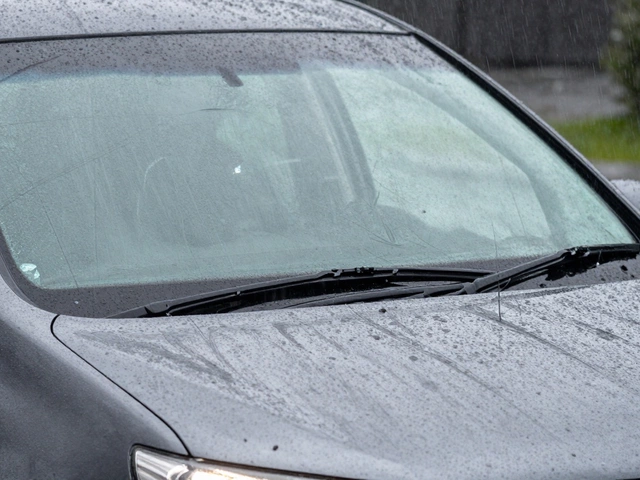
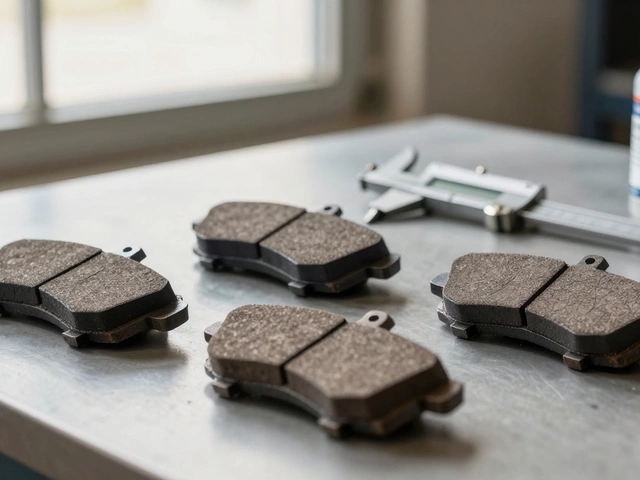

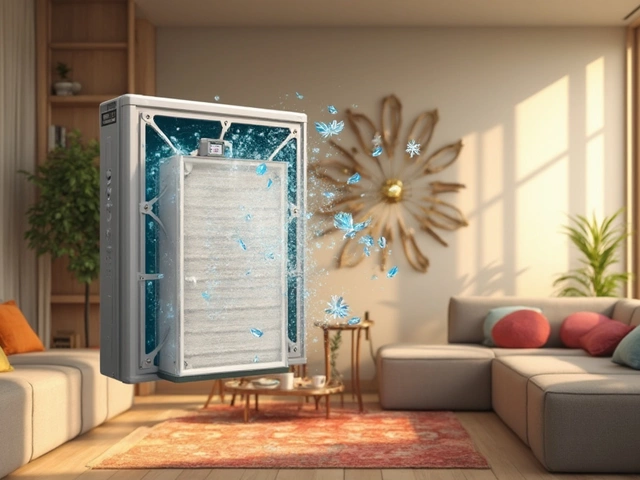
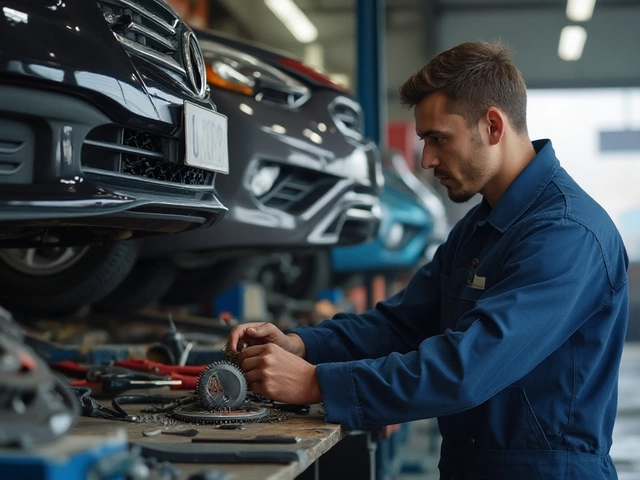
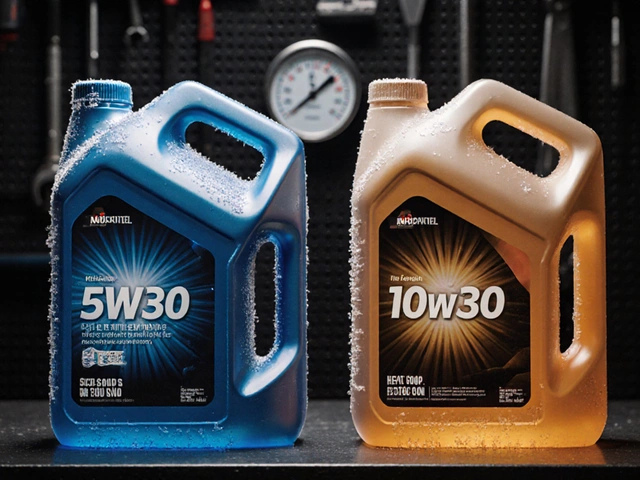
Write a comment